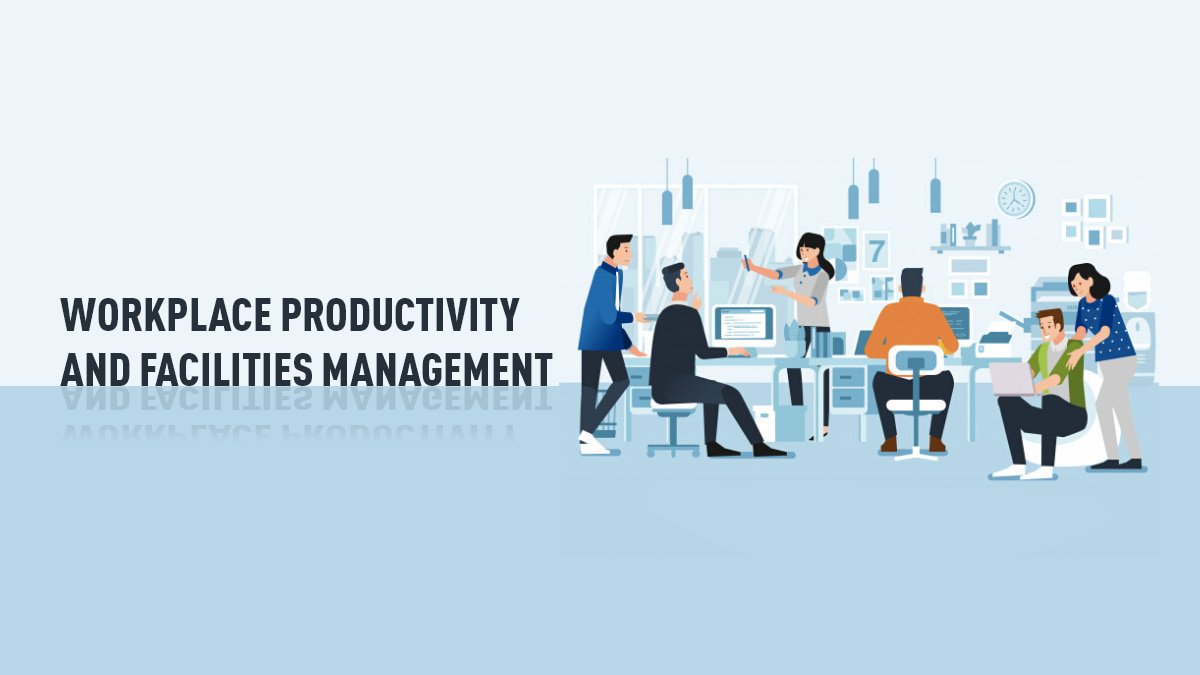
Workplace productivity and Facilities Management
Experienced facility managers have learned the value of increasing productivity at work. After all, a large part of the job of the FM is to help the occupants of the buildings for which they are responsible. The problem is to measure the results and to pinpoint exactly how much of the effort to boost productivity has had an impact on the bottom line of a company. It's just the nature of dealing with people. However, a small productivity boost can be worth at least as much as large savings per square foot. It is therefore important to place the emphasis on productivity.
Below are insights and perspectives from 13 experts on how FM can improve productivity for the workforce of a company. Some of these ideas may be more similar to art than science, but once we have a better idea of why productivity at work is so important — and we're going to back it up with figures — and what pain points employees identify, we can develop a more targeted approach to improving productivity.
Why is Facility Management Important for Productivity?

Facility Management ( FM) is a multi-departmental business evidence-based management discipline and software productivity that focuses on efficiency efforts and long-term success in areas such as real estate, operational finance , human resources, maintenance and information technology (IT). Generally speaking, anything that has to do with facility manager, business facility or space and physical assets is part of facility management and productivity growth, and it's easy to see why. When it comes to productivity, having all these elements in order is a key recipe for success.
Business cannot run properly when its facilities and physical assets are not in working order. Beyond that, however, a well-run FM programme can be a key factor in facilitating productivity for individual employees on a daily basis in the workplace. In order to ensure improved productivity within the company, the facility management professional should be responsible for these operations by using maintenance information and daily operations reports to identify the best solution to any problems that may ultimately have a negative impact on productivity in the workplace.
Basic Productivity considerations in the management of facilities

From broken computers to broken pipes, there are plenty of facility-related issues, errors and accidents that can bring productivity to a halt for any number of employees in the office. When there is no proper reporting system or chain of command to deal with facility-related issues, productivity is reduced not only for employees directly affected by the issues, but also for many of their colleagues , subordinates, counterparts and managers.
Even simple problems like a broken desk chair that will not be replaced for two weeks due to bureaucratic slowdowns can have a ripple effect throughout the office. But when businesses pay proper attention to FM, they make it easier to move past these inevitable functionality failures and get productivity back on track as soon as possible. An office space that functions properly in a structural sense is better positioned to function properly in the capacity of the work output as well.
While this is insignificant to the integration of FM techniques or even to the creation of an FM department, it is not the only way that good facilities, space and physical asset management can make well-organized operations more common. Solving problems efficiently when they arise and giving employees a way to report on these issues is a good first step, but it is not the only way to make productivity a key focus of FM efforts.
Dimensions concerning the digitalization of facilities management
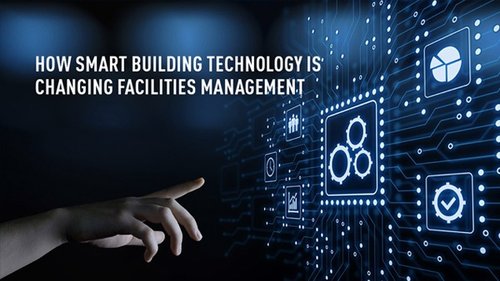
There are four different dimensions for the digitalisation of facility management. Technology has quickly become a vital part of business, and increased digitization may pose new challenges to facility management. End- to - End digital facility management technology services enable customers or employees to interact with business on a digital basis and provide a secure and secure way to help improve employee management. Digitalizing the facility management aspects of a business can provide updates that can be accessed anywhere they are needed, at whatever time they are needed.
Digitalization means that productivity increases and maintenance requests for monitoring and assignment are easier to do and can be tracked in real time. It provides the maintenance management team with the ability to prioritise maintenance issues based on their priority status, so that the management team can do what needs to be done immediately while being able to track other issues as they arise.
Real-time data that digitalization allows can also help to foster collaboration among other team members across all departments so that work orders are assigned and addressed efficiently and easily, without having to disrupt any other processes. Company productivity and retention will also see vast improvements because the facilities management, IT, and HR departments can all become integrated with the digital system in order to maximise each department’s potential.
Energy and sustainability can be translated into reduced costs and improved savings, which will result in an immediate return on investment. Finally, FM compliance management can be effectively monitored, including the preventive maintenance aspects of the company as well as strategic management, completion schedules and projected costs of each job. Digitalization does, however, involve a small investment, but the potential is there, and the ROI can increase productivity and find cost reductions that will lead to a new and improved level of strategic management.
Facility Management Competencies

There are several core competencies in the management of the facility. Some of these core competencies include communications, finance and business, human factors, leadership and strategy, operations and maintenance, quality, technology and property management. Communication is one of the most important aspects of any kind of management position.
Effective communication can help improve the efficiency and timing of the company, as well as the understanding of the processes involved in the management of facilities. Messages within a business must be clear, concise, and easy to understand. To achieve effective communication when sending messages, be sure that the message is broken down into smaller sections and that the purpose of the message is clearly defined.
Operations and maintenance are also critical elements of a successful facility management system. In addition to routine maintenance and procedures, the facility manager will also be responsible for the efficient allocation of space, ensuring compliance with government regulations and creating a continuity plan so that business can recover rapidly from an incident or problem.
Facilities management ensures that the company remains in order, that workers are healthy, that efficiency is improved and that the workplace remains a comfortable and welcoming atmosphere for both employees and clients.
Facility management software and other computer assisted project management tools are also used as a way to help keep track of priorities and make it run smoothly while becoming more manageable. Facility management software is a web-based system designed to help reduce the expense of running the facility, increase the flow of knowledge between departments and enhance operational efficiencies.
The relationship between Facility Management and Human Resource
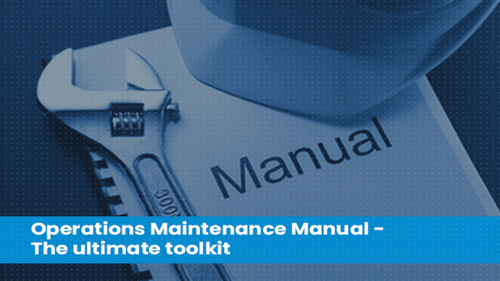
People who work in an organisation's facilities are also part of the FM, which means that human resources (HR) and FM concerns often overlap. As a matter of fact, HR professionals working for businesses with substantial FM programmes may find themselves working with staff of the facility department and equipment more often than you might think. While FM does not generally discuss HR functions such as dispute resolution, legal compliance or payroll issues, it may apply to topics such as employee satisfaction and recruitment.
Beyond recruitment, synergy of FM and HR functions can mean smoother day-to-day operations for employees in all departments and at the leadership level. Considerations such as desk assignments and even relatively minor things such as determining who will use the conference room when it may not have a huge impact on the grand scheme of business operations.
However, on a micro-scale, these issues can make a dramatic difference in the way individual employees experience working life, which in turn has an impact on how well they work and how much they produce. Without the dual function of FM and HR in concert, these details can slip through the cracks, as the leadership in each department assumes that someone else in the organisation is taking care of them. This kind of buck-passing is always detrimental to productivity, even when the focus of the task is something that seems to be a relatively minor concern.
How FM Can Increase Employee Comfort and Motivation

Why is the facility management system an efficiency saviour? This is all about results, reporting, review, and intervention. The right tools would make it easier for HR and other management staff to look at the circumstances of their workplace environment, which in turn has a huge effect on how employees feel at work. That may sound too "touchy-feely" from an old-school business management viewpoint, but all evidence suggests that satisfied workers are well worth the investment.
It is a sensible approach, and while it is based on data, it's easy to see how employee comfort in the workplace can actually have a lot to do with how well employees can do their jobs. Spending every day in the office bundled up and shaking does not exactly help the employee feel excited about showing up to work every day, and the fact of the matter is that the discomfort of being cold is distracting. It makes good sense, then, to find a temperature that works for your workplace, but the problem is that each employee appears to have an ideal operating temperature of his or her own.
In reality, integration of sensors can be a great way to approach this issue from an FM strategy point of view. Although, theoretically, workers can only change the temperature in the conference room when they walk in, they are going to have to remember to move it back down or up when they step out of the room again in order to leave it in a better position for the next employee. Smart sensors mounted in meeting rooms and unassigned office space will identify individual employees and draw from an FM profile detailing their preferences to make immediate changes as soon as they enter or check into a room. Tools like this make FM an integral part of the mission to make workers feel relaxed and happy at work so that they can repay the compassionate care with the best work they can do.
However, the resources you choose for this task are essential. SpaceIQ has powerful analytical and reporting tools that allow one-click PDF production. That is, in and of itself, a productivity benefit, but it is what is embedded in those rapidly produced documents that are truly important for long-term performance gains across the board.
If you are experimenting with various office structures and workspace sharing methods, using SpaceIQ during the process will give you the ability to monitor specific locations and conditions to evaluate against quarterly financial reports and other productivity data.
How does facilities management impact workplace productivity?
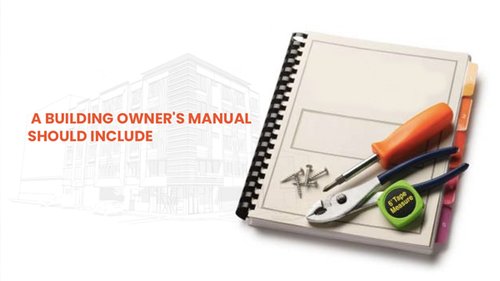
There is ample evidence to support the belief that the health, well-being and team are greatly influenced by the nature of the workplace. In particular, the role of Facilities Management (FM) organisations in the design and maintenance of the workplace is gaining the attention of companies in a variety of sectors. Processes that maintain and develop the resources of a company to help and enhance the efficacy of its primary activities.' Key areas include sanitation, health & safety, heating & ventilation, as well as general office management.
Covering such a wide range of processes means that effective FM is vital to the overall success of any business. The facility managers are responsible for ensuring that companies provide the most acceptable working atmosphere for workers and their activities.
FM and productivity
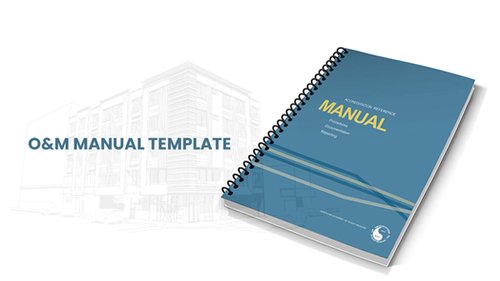
Much research has been done to investigate the relationship between FM and productivity. Looking more closely at how FM contributes to success, there are several little-known factors that contribute to the effective workplace. For example, when deciding on the role of equipment such as printers and copiers in the workplace, it is up to FM managers to determine whether a specific location will impede the ease of access or create a noise disturbance for nearby workers. Also, variables such as the temperature of the workplace may have a significant impact on the rate of productivity.
In addition to having the potential to directly improve productivity, FM also influences, a number of other areas of employee life that together contribute to the overall output of a company. FM can help improve social interaction among colleagues and improve productivity in day-to-day tasks. This shows that good FM practise is important for employees to be able to work in an inspired, focused and effective way.
How to increase employee productivity in the workplace with Facility Management?
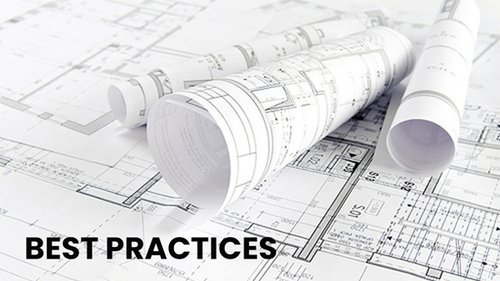
What does a company do to reduce disruptions and boost efficiency? Improving productivity means doing more with the same amount of resources. Better facilities with such items as state-of-the-art digital technologies, meeting equipment, on-site services, ergonomic furniture, vending machines with nutritious snacks, etc. will help workers remain engaged. With routine repairs, repair and updates, companies can ensure smooth day-to-day operations without any hiccups. From broken machines to broken pipes, there may be a variety of facility-related accidents or failures that can increase productivity to a grinding halt for office employees. Effective FM will help employees to remain fully focused on their work instead of being side tracked by broken down or defective machinery or equipment.
Enlisting the services of a professional facility management company would help your organisation provide workers with the right resources and equipment to perform their duties efficiently and promptly. After all, is there anything more counter-productive than wasting time waiting for the office printer to start running again to print the essential documents needed for the next meeting? High quality, modern equipment and programmes save time and effort, making a huge difference to your workforce and eventually how your company is perceived.

- Smart Systems Integration: With the right systems in place, management in an organisation may look at the conditions of the workplace in order to identify problems and opportunities for change. The implementation of smart sensors in meeting rooms and other office spaces to automatically change employee expectations is a feasible choice with the integrated facility management system. This will ensure that employees feel comfortable and satisfied at work and are able to make the most of their efforts when performing their daily tasks.
- Productivity Focused Tools: If there is a bottleneck while performing a task, operations can quickly stop grinding. An efficient facility management solution optimizes employee productivity through the use of specific productivity-focused tools and functions. Such programmes can be used across all levels of the organisation, from entry-level staff to senior management. The day-to-day use of such systems can help to make the logistical and collaborative parts of the work easier, resulting in more time spent doing things and less time taking care of the world's administrative tasks.
- Clean, Green and Sustainable Workplaces: Getting a green office environment with smart technology solutions designed to meet employees ' needs would enable them to make the most of their efforts. In the modern workplace, the growing millennial workforce is looking for more than just a large paycheck. The ability of employers to recruit the most talented individuals depends, in part, on the flexibility of the company in its approach to improving employee productivity. This includes the promotion of a clean, green and diverse environment to drive growth.
In addition to having the ability to directly increase productivity, facility management may affect other aspects of employee life that contribute to the overall performance of the company. FM can improve social interaction among colleagues and allow them to work in an efficient, centred and motivated manner.
Facility management has a vital role to play in increasing productivity, including agreeing on the best products and technologies to be implemented into the office environment. As part of their crucial decision-making role, facility managers are often searching for strategies that can improve employee productivity. The ever-changing working climate has made it necessary for a modern office to be fitted with a variety of smart services.
Workplaces in a state of disrepair are traumatic for workers, resulting in disengagement, absenteeism and attrition. If you want your workers to perform to the best of their abilities and to be satisfied, you must show them how much the organisation appreciates supports and values them by having the best facilities available within your means.
Let's start with the simple way to create a website

Interested in Domitos? Get the Features Guide Today!
Domitos, is world's most sought after facility Management System and we look forward to work with. Digitize your facilities today!